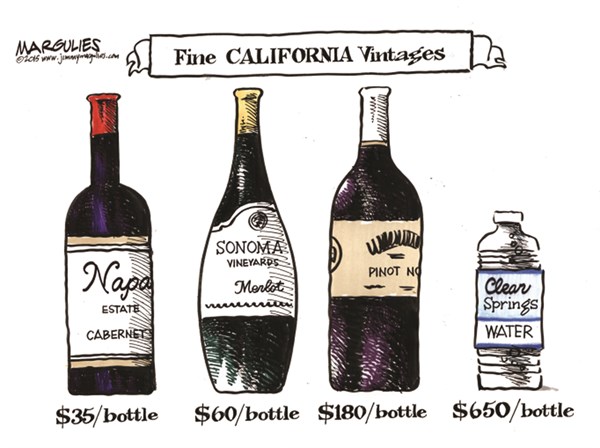MAKAVELI
Well-Known Member
http://www.dairyherd.com/news/2015-california-drought-deja-vu-all-over-again
California’s hardest hit drought region is also home to the vast majority of the state’s 1,466 dairies. With limited water resources, dairy families continue to face tough planning decisions, such as which crops to plant, the number of crop acres to fallow, the amount of outside feed to purchase and the timing of those purchases.
The drought has also fostered a campaign by Midwest states, touting their water and land availability with the hopes of courting California dairy families east. It’s hard not to blame them for wanting to bring some the world’s most productive, efficient and sustainable dairies to their region.
When it comes to weathering the drought, California dairy families will continue to do what they do best – doing more with less. Fortunately, water conservation, efficiency and recycling has long been standard practice for California dairy farmers. For decades, dairy farmers have steadily and dramatically reduced the amount of water they use to produce each gallon of milk. In fact, dairy farmers have reduced the overall water footprint of a glass of milk by 65% since 1944. In other words, producing a glass of milk today uses about a third of the water it did during the Franklin Roosevelt administration.
California’s hardest hit drought region is also home to the vast majority of the state’s 1,466 dairies. With limited water resources, dairy families continue to face tough planning decisions, such as which crops to plant, the number of crop acres to fallow, the amount of outside feed to purchase and the timing of those purchases.
The drought has also fostered a campaign by Midwest states, touting their water and land availability with the hopes of courting California dairy families east. It’s hard not to blame them for wanting to bring some the world’s most productive, efficient and sustainable dairies to their region.
When it comes to weathering the drought, California dairy families will continue to do what they do best – doing more with less. Fortunately, water conservation, efficiency and recycling has long been standard practice for California dairy farmers. For decades, dairy farmers have steadily and dramatically reduced the amount of water they use to produce each gallon of milk. In fact, dairy farmers have reduced the overall water footprint of a glass of milk by 65% since 1944. In other words, producing a glass of milk today uses about a third of the water it did during the Franklin Roosevelt administration.
Last edited:



